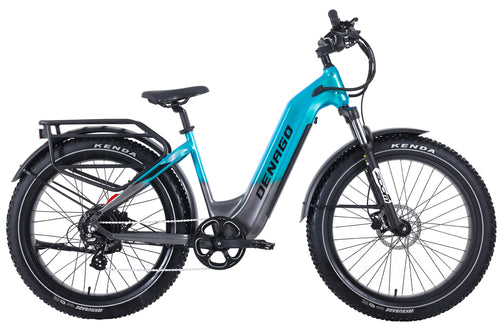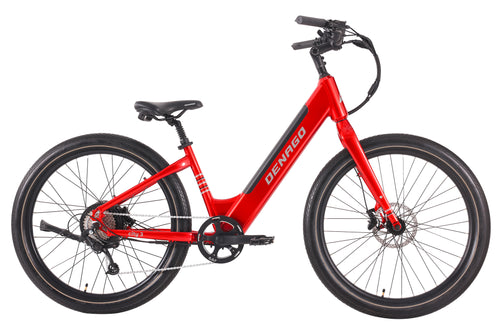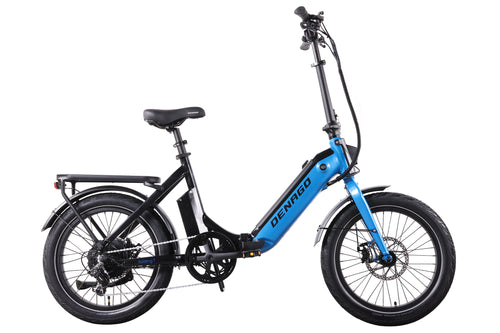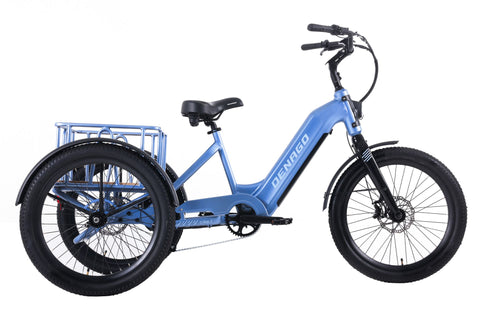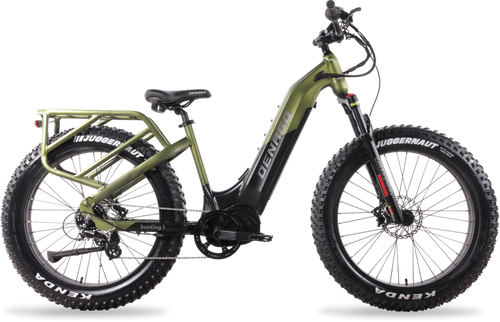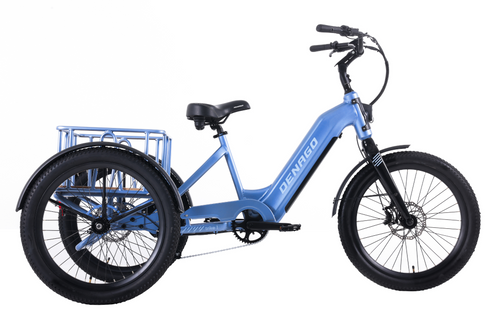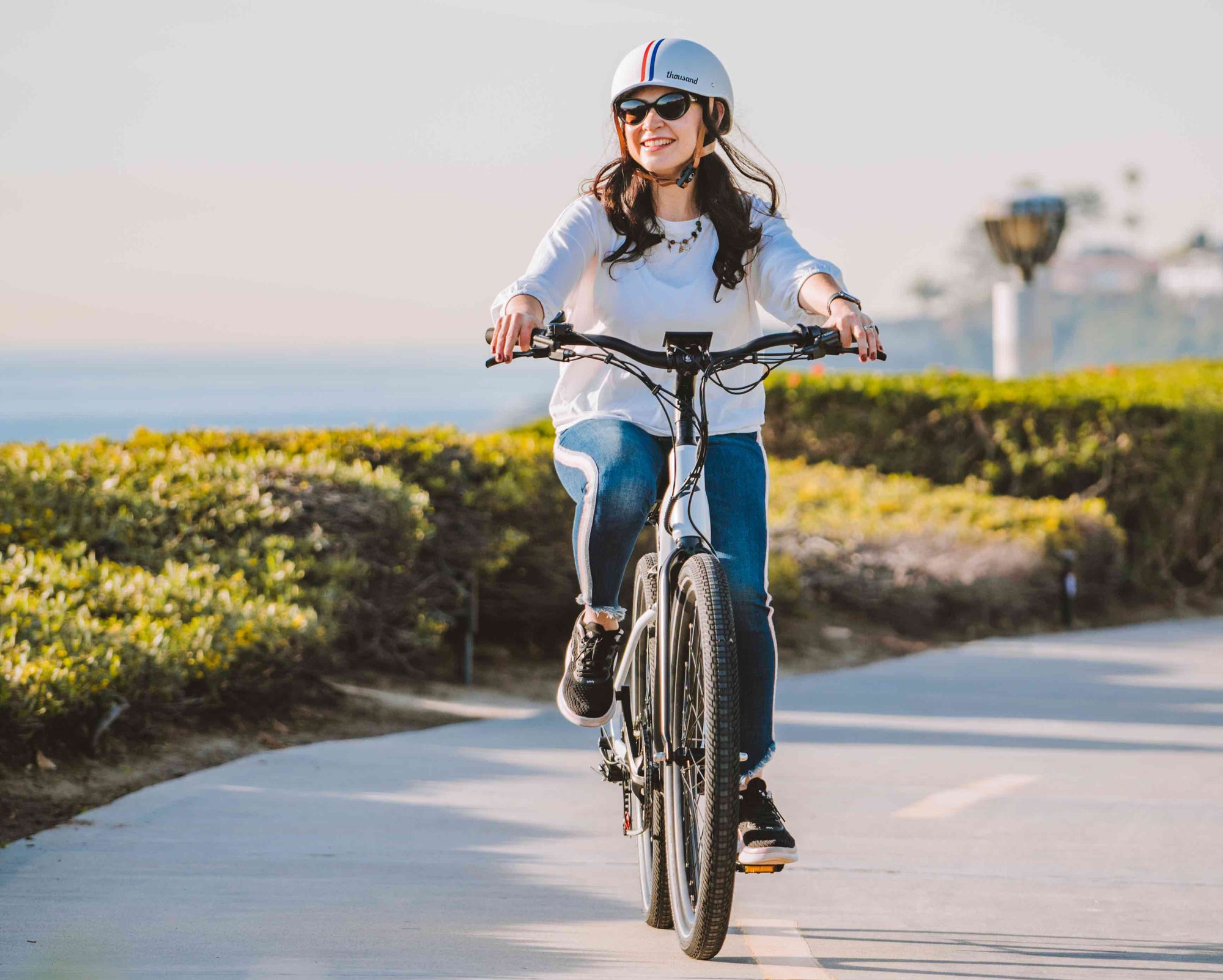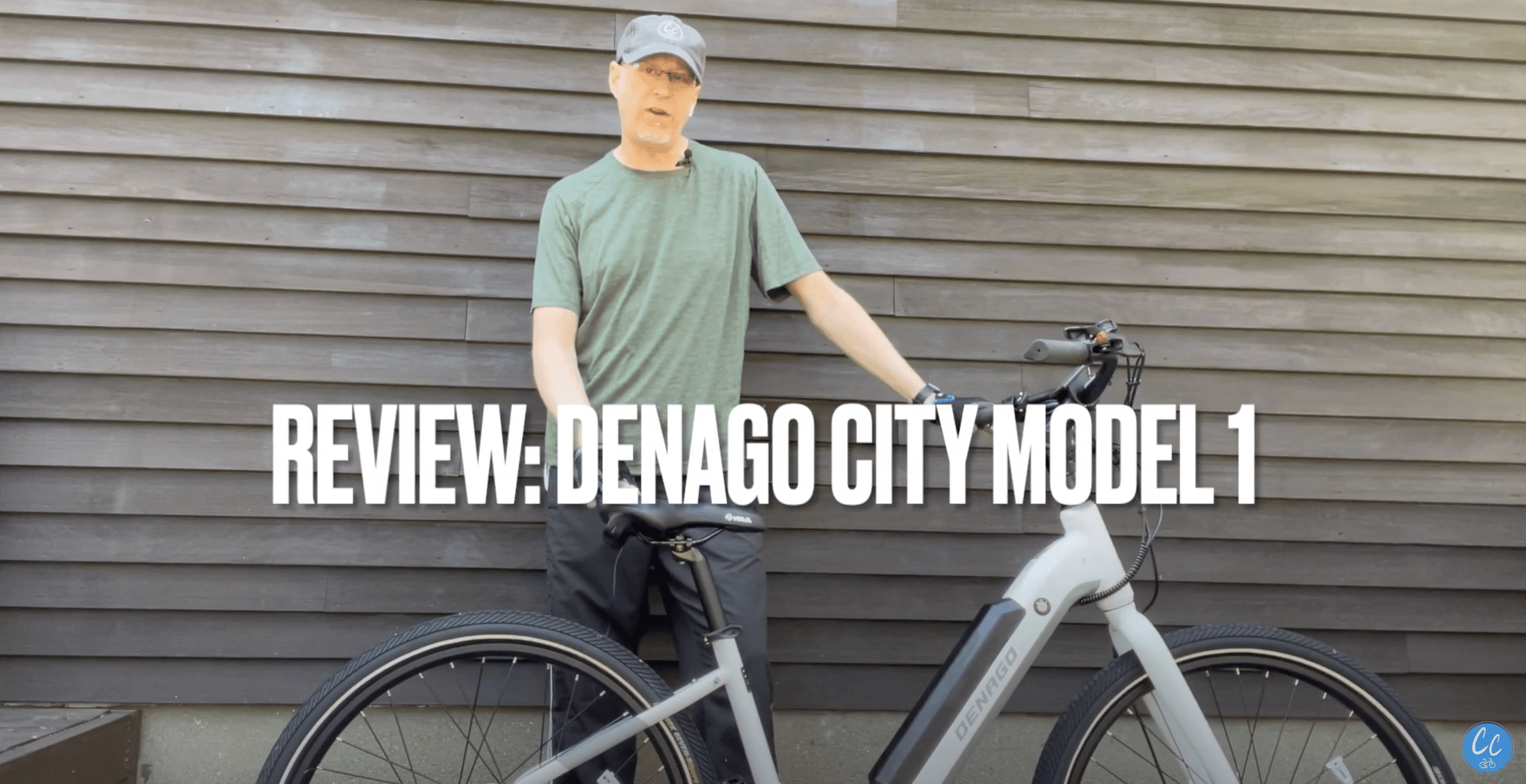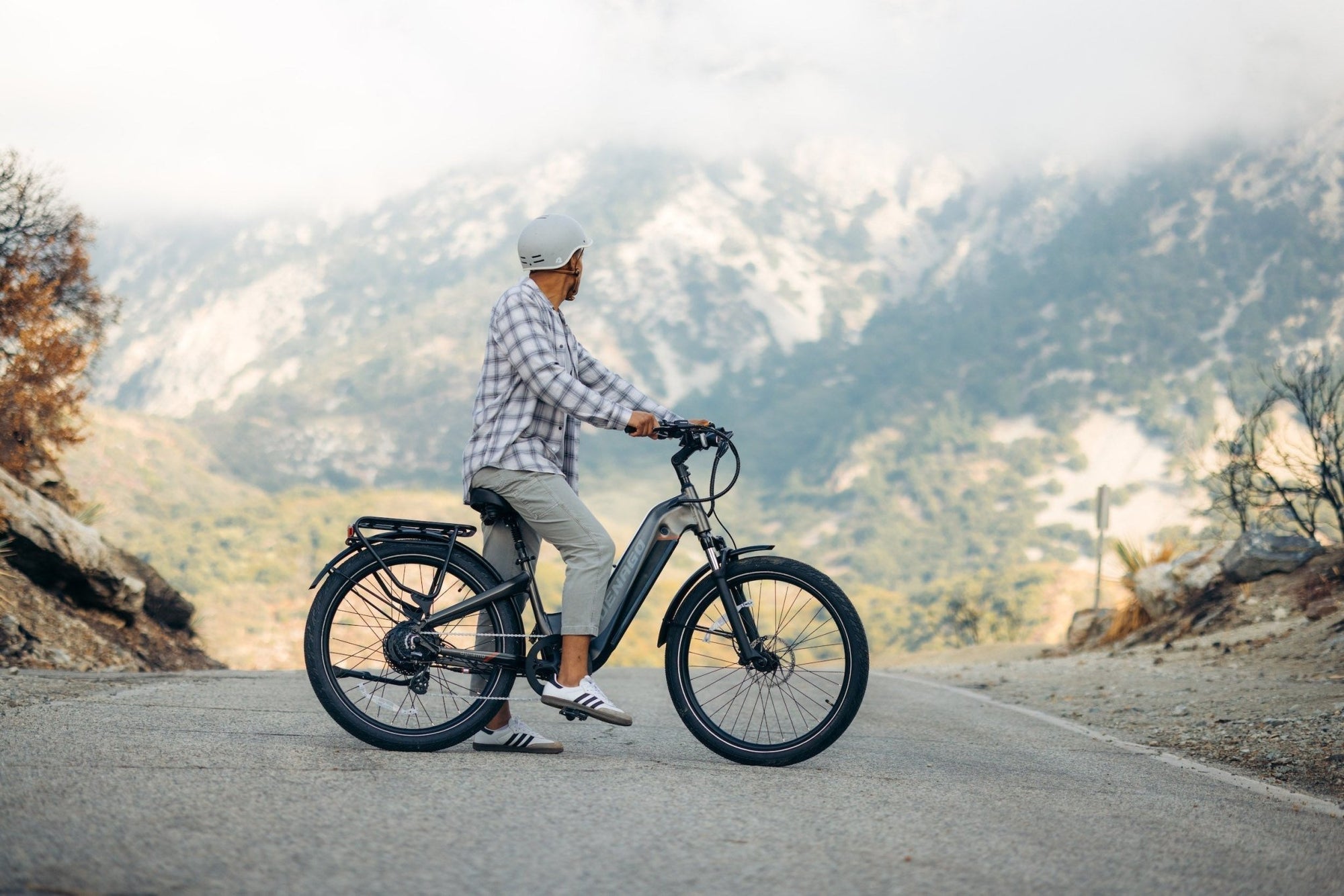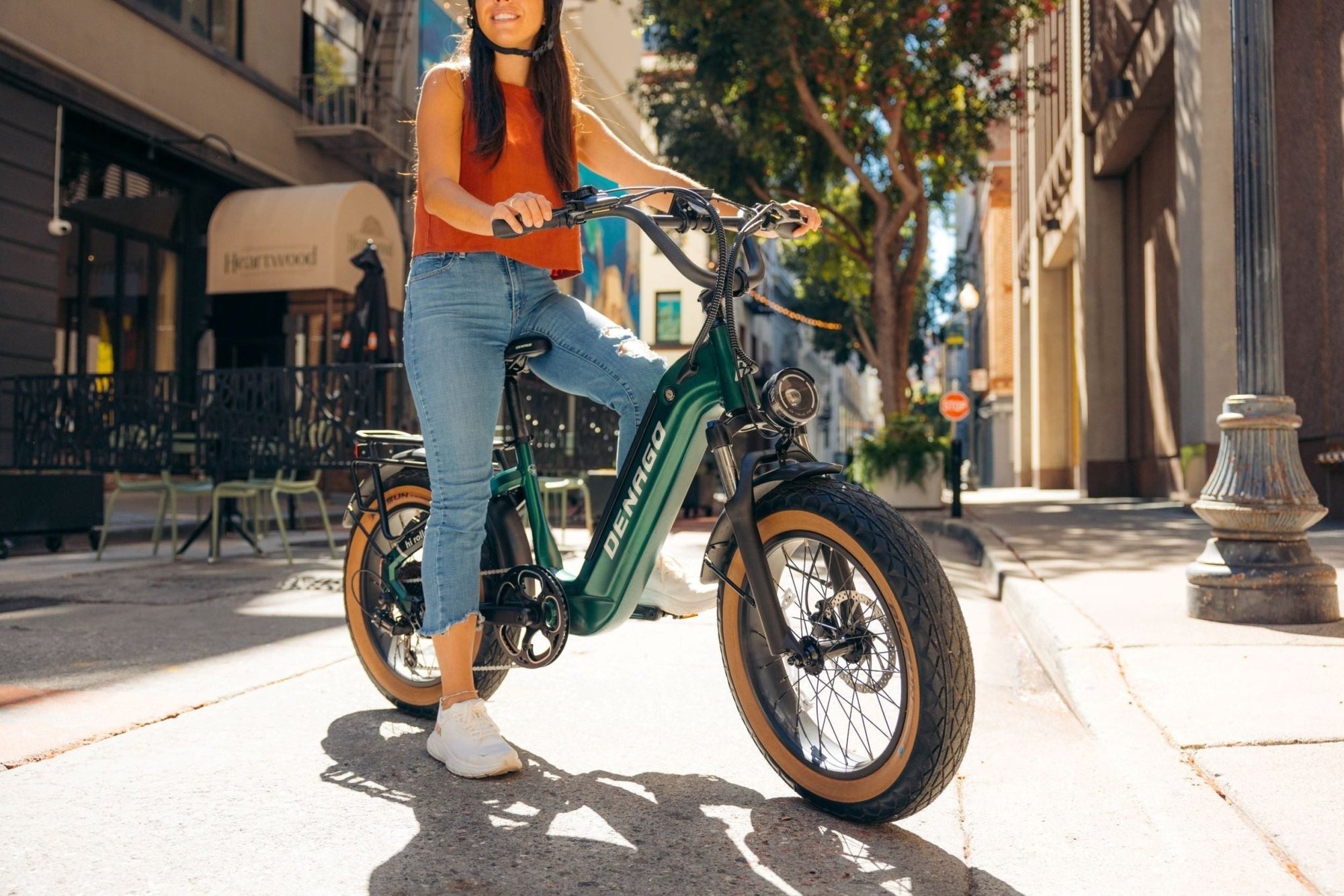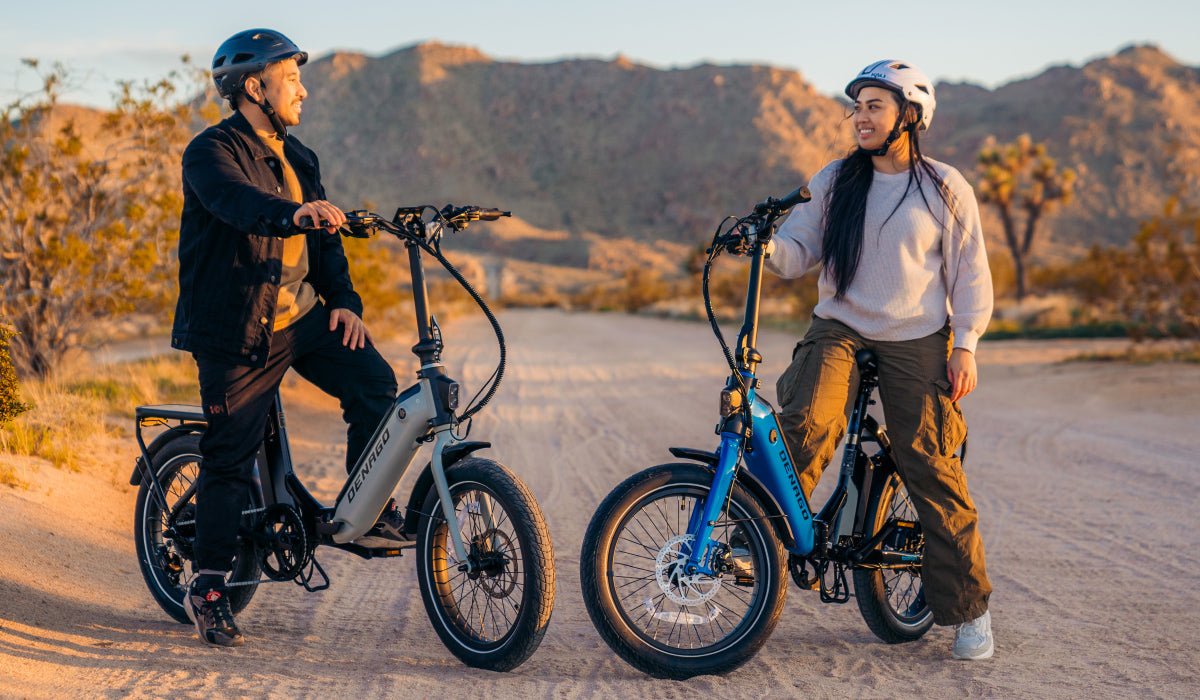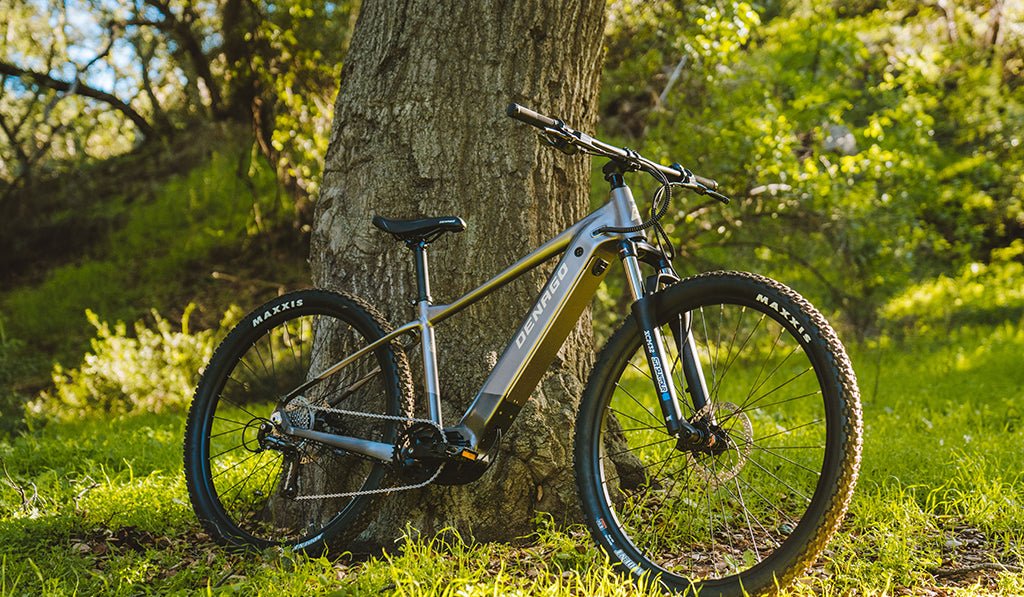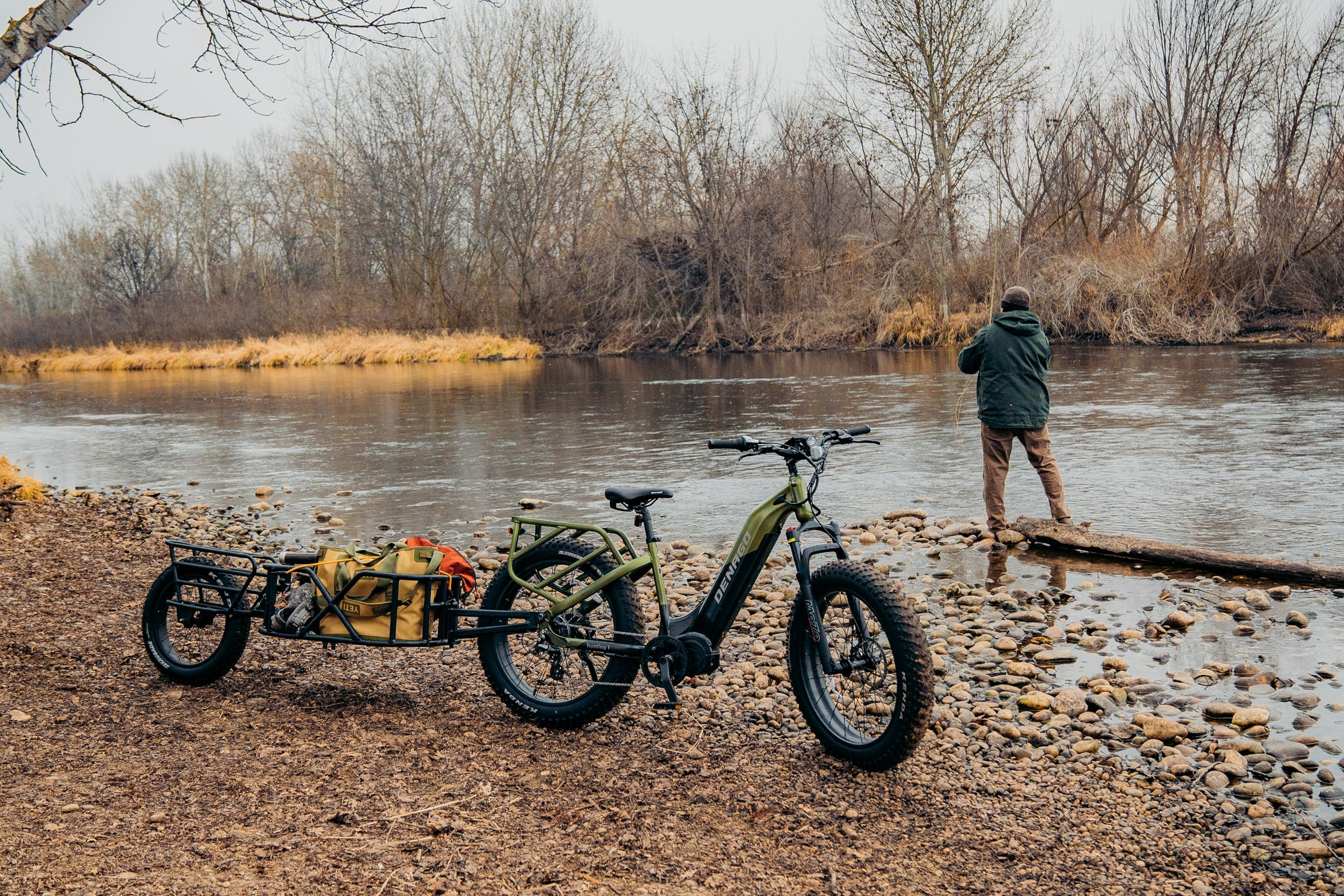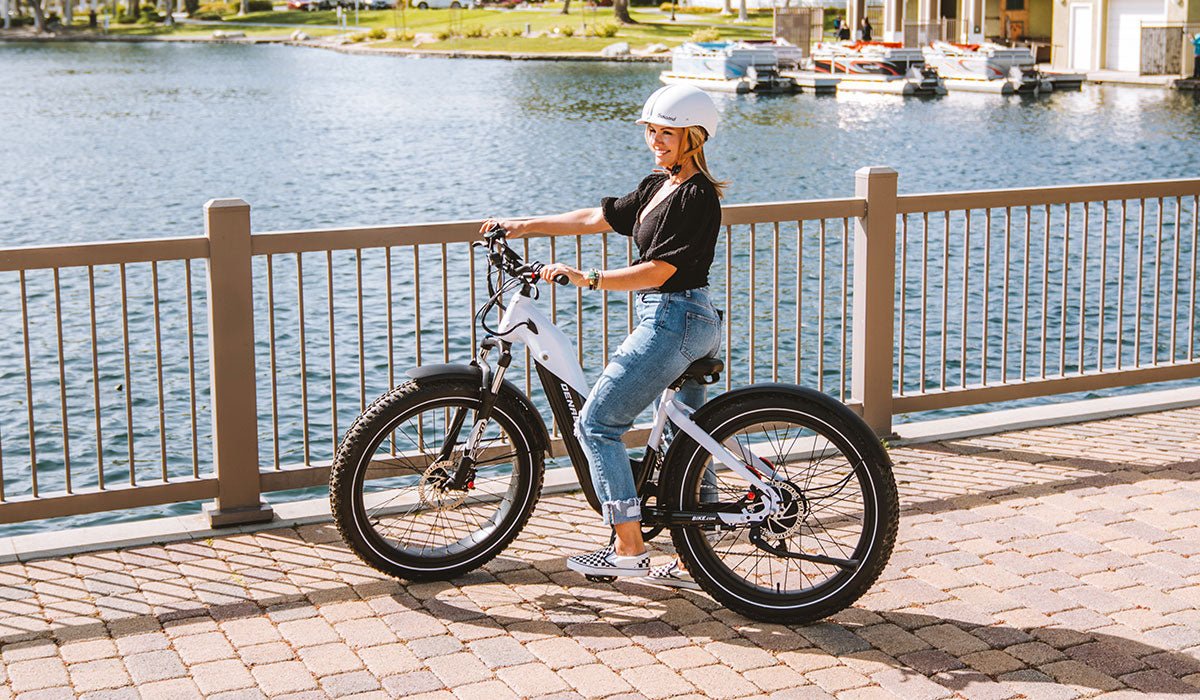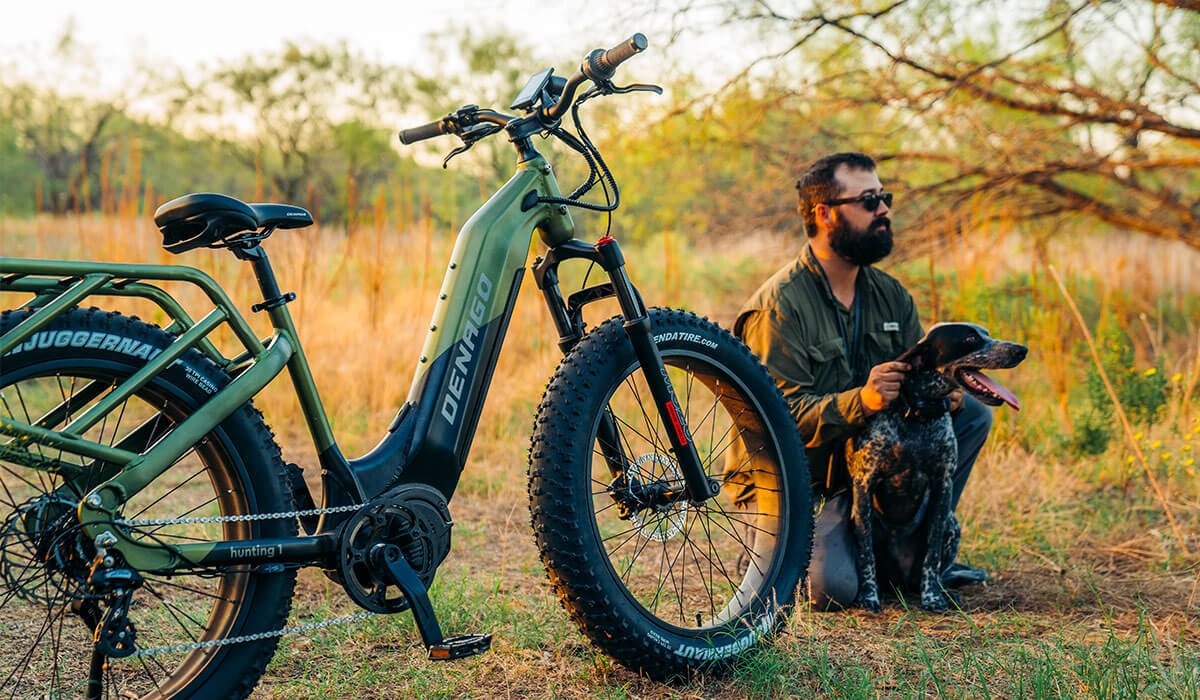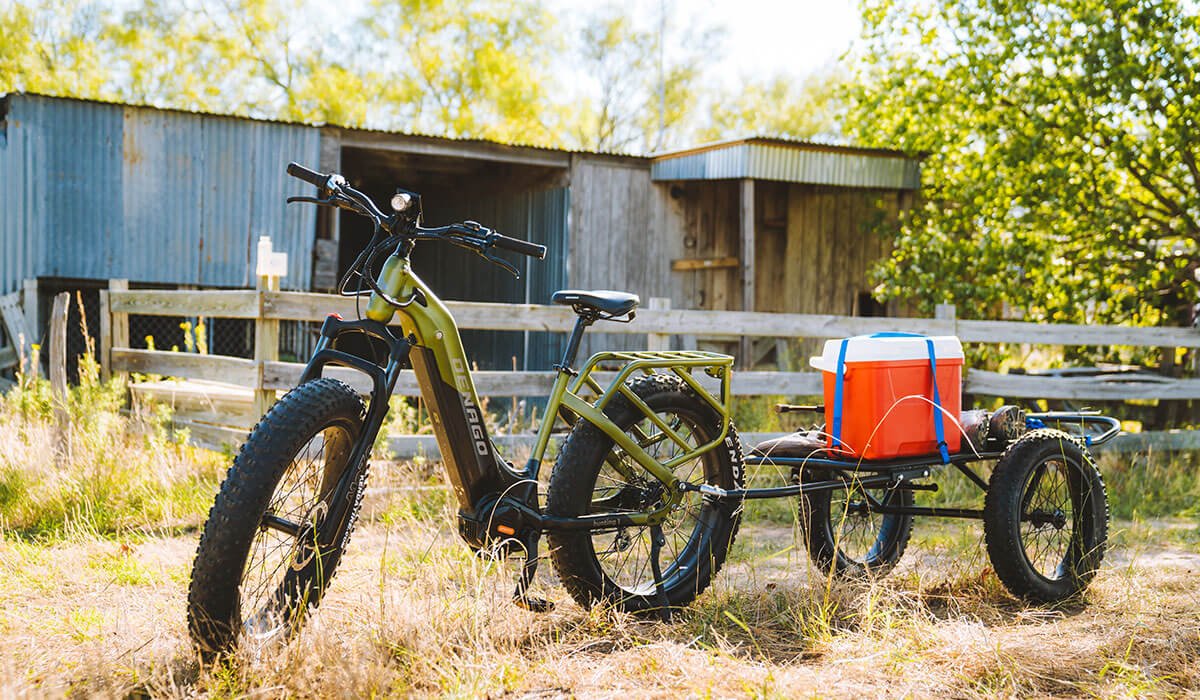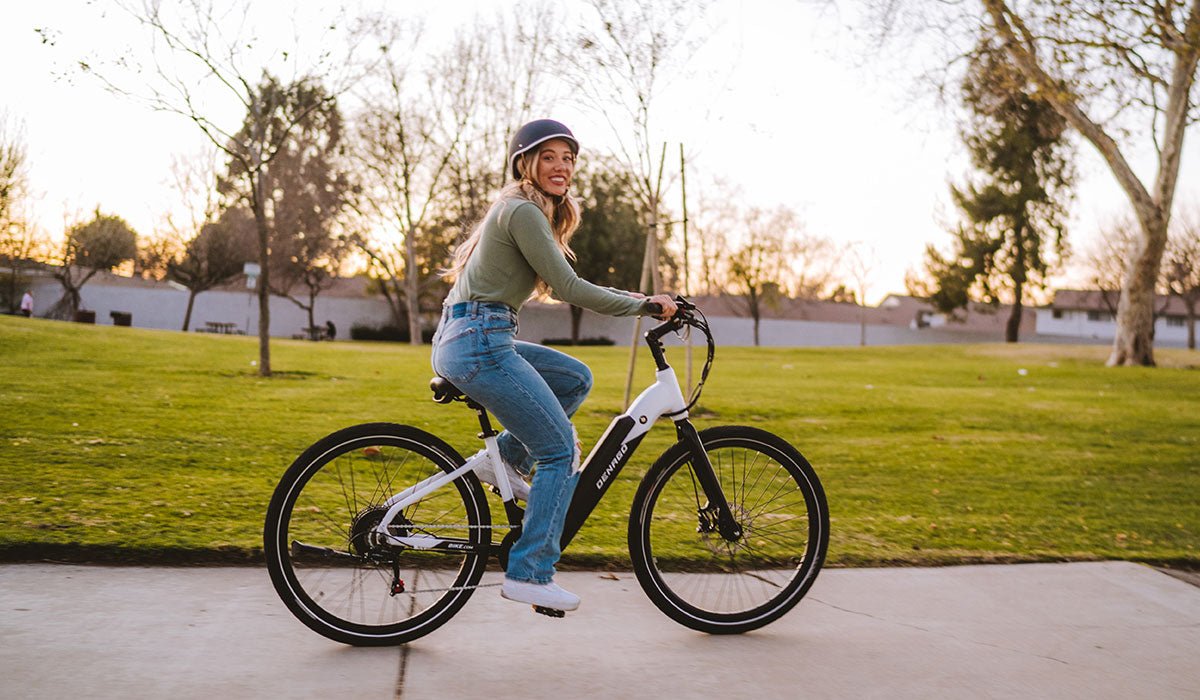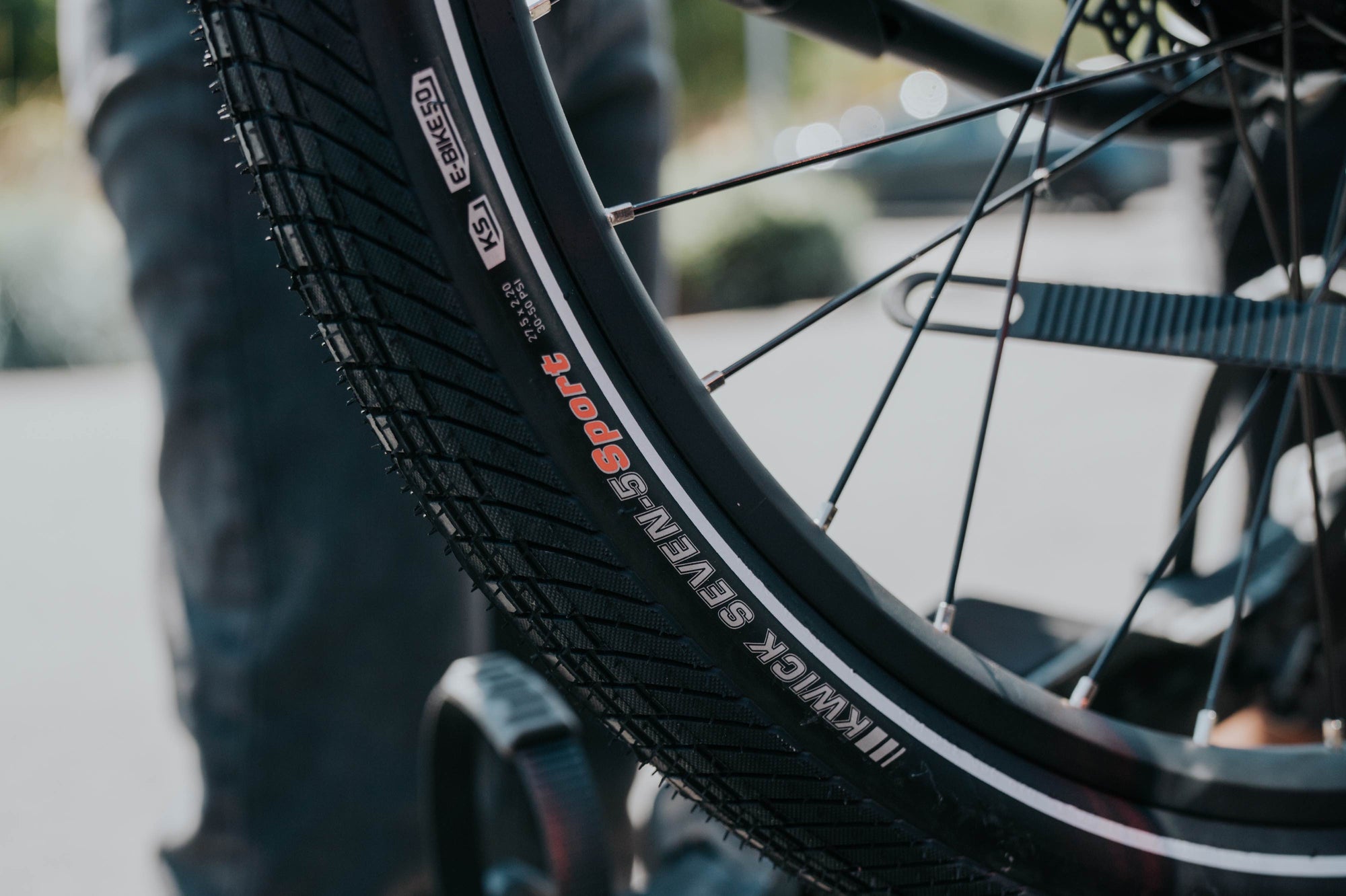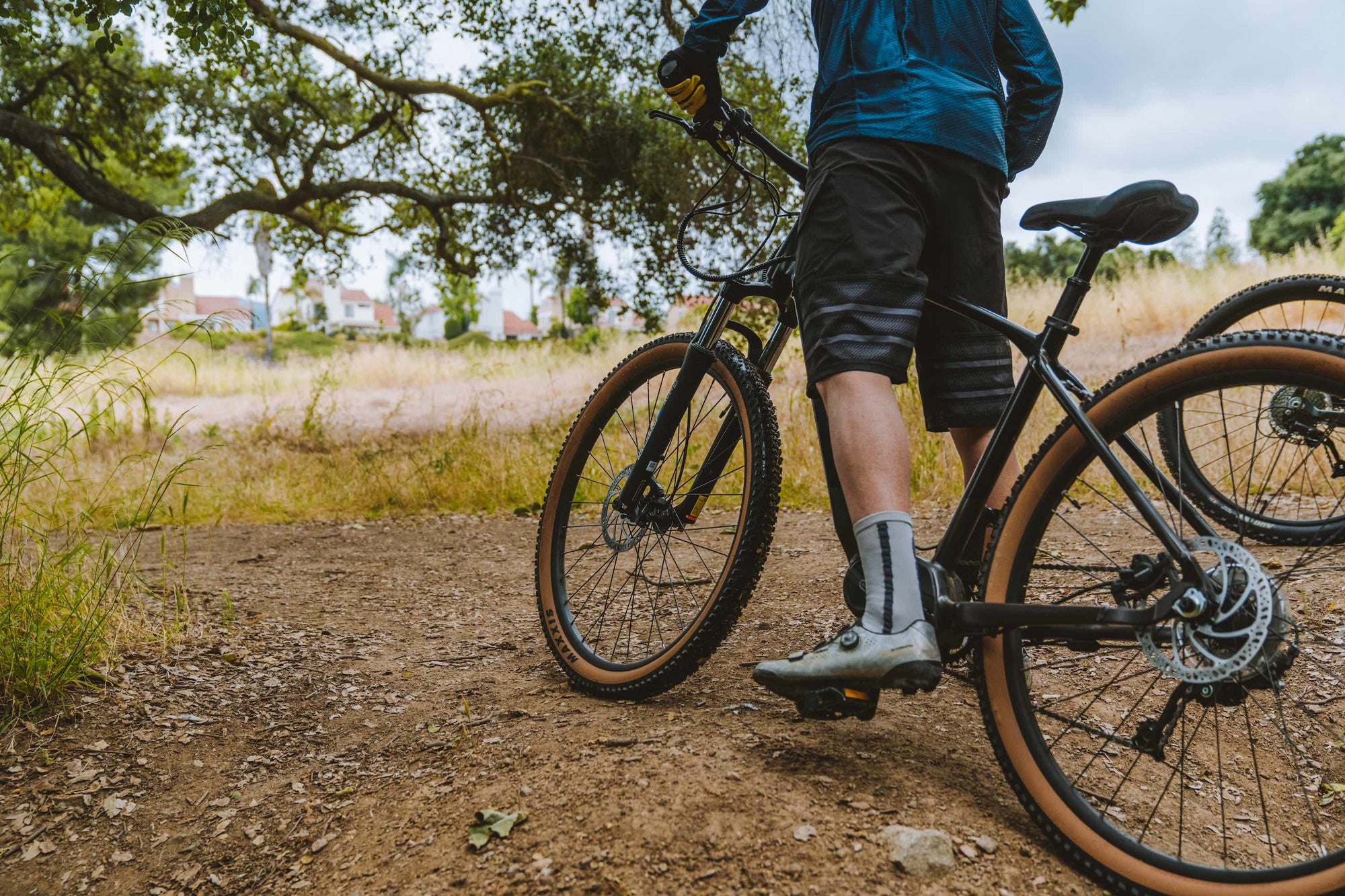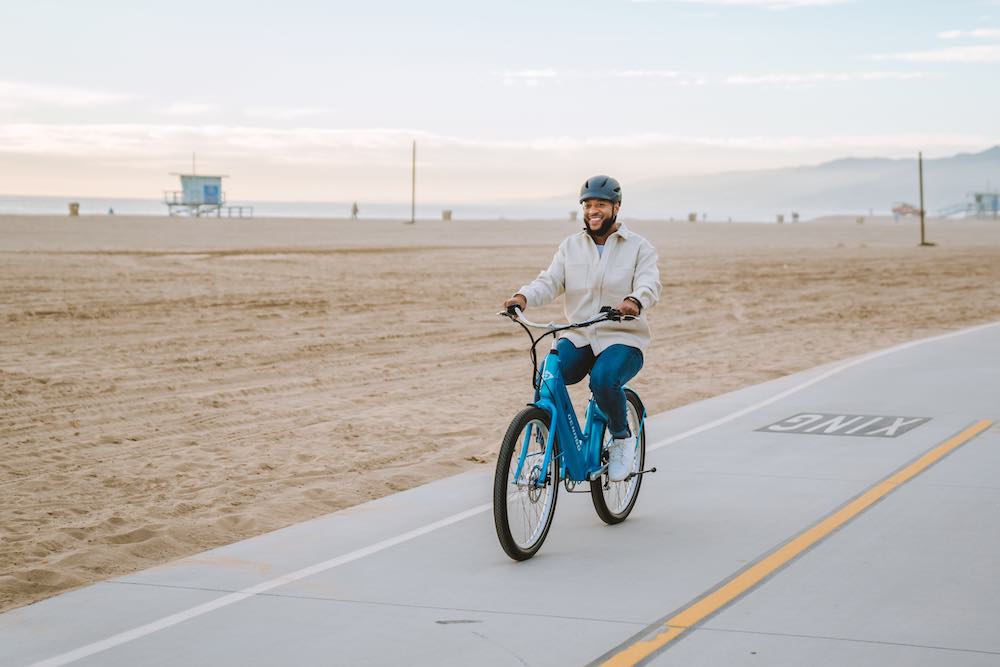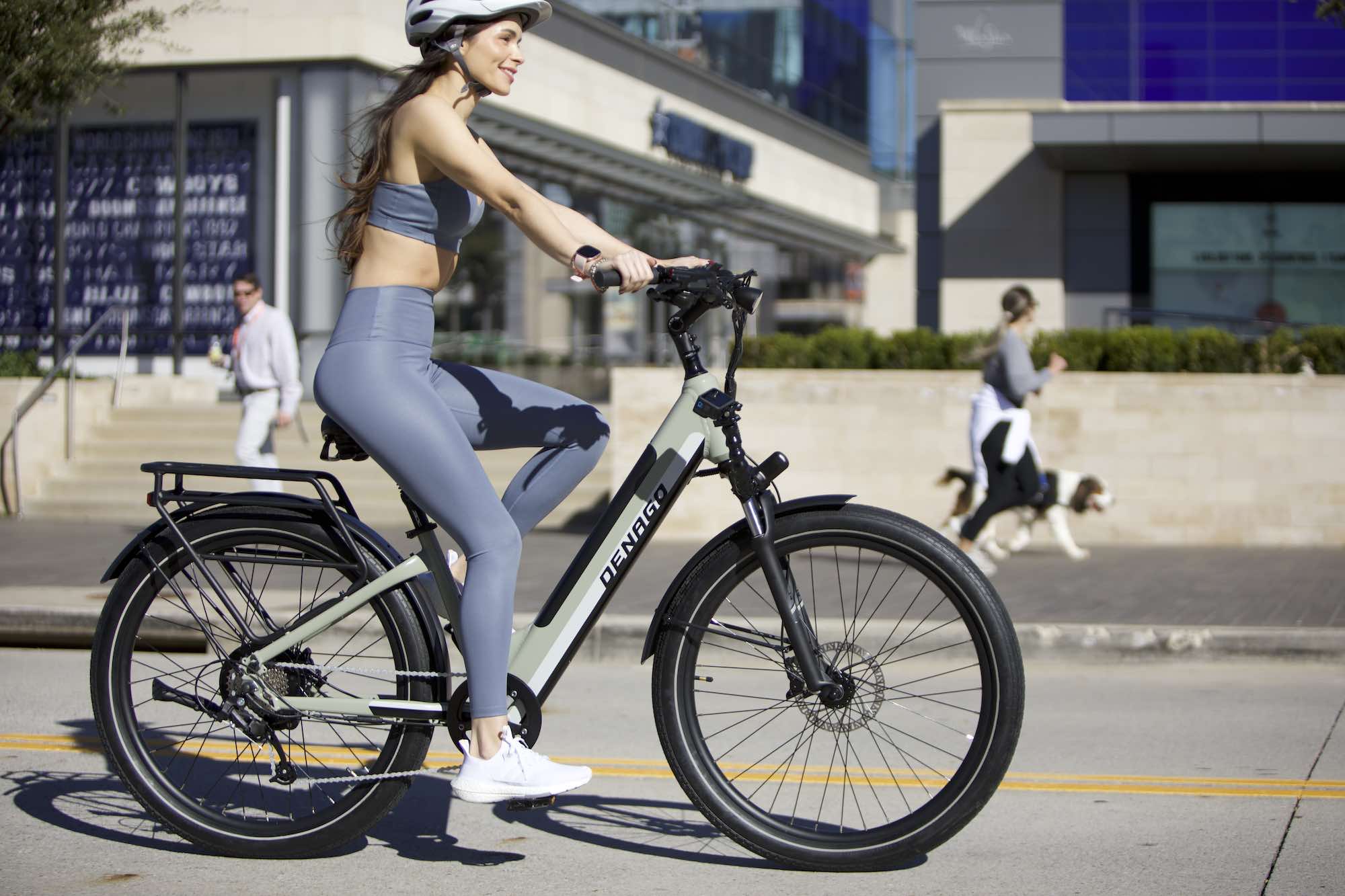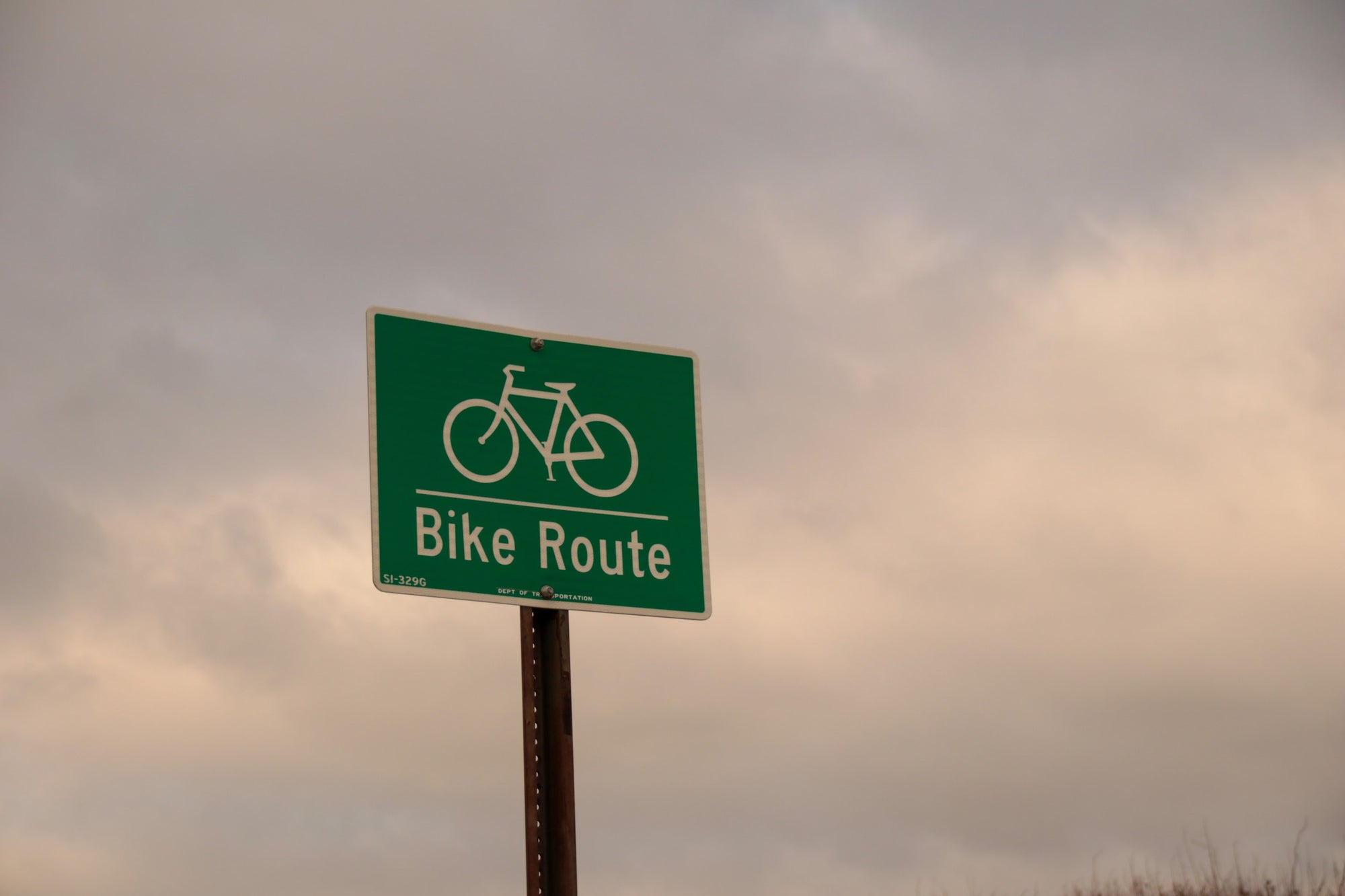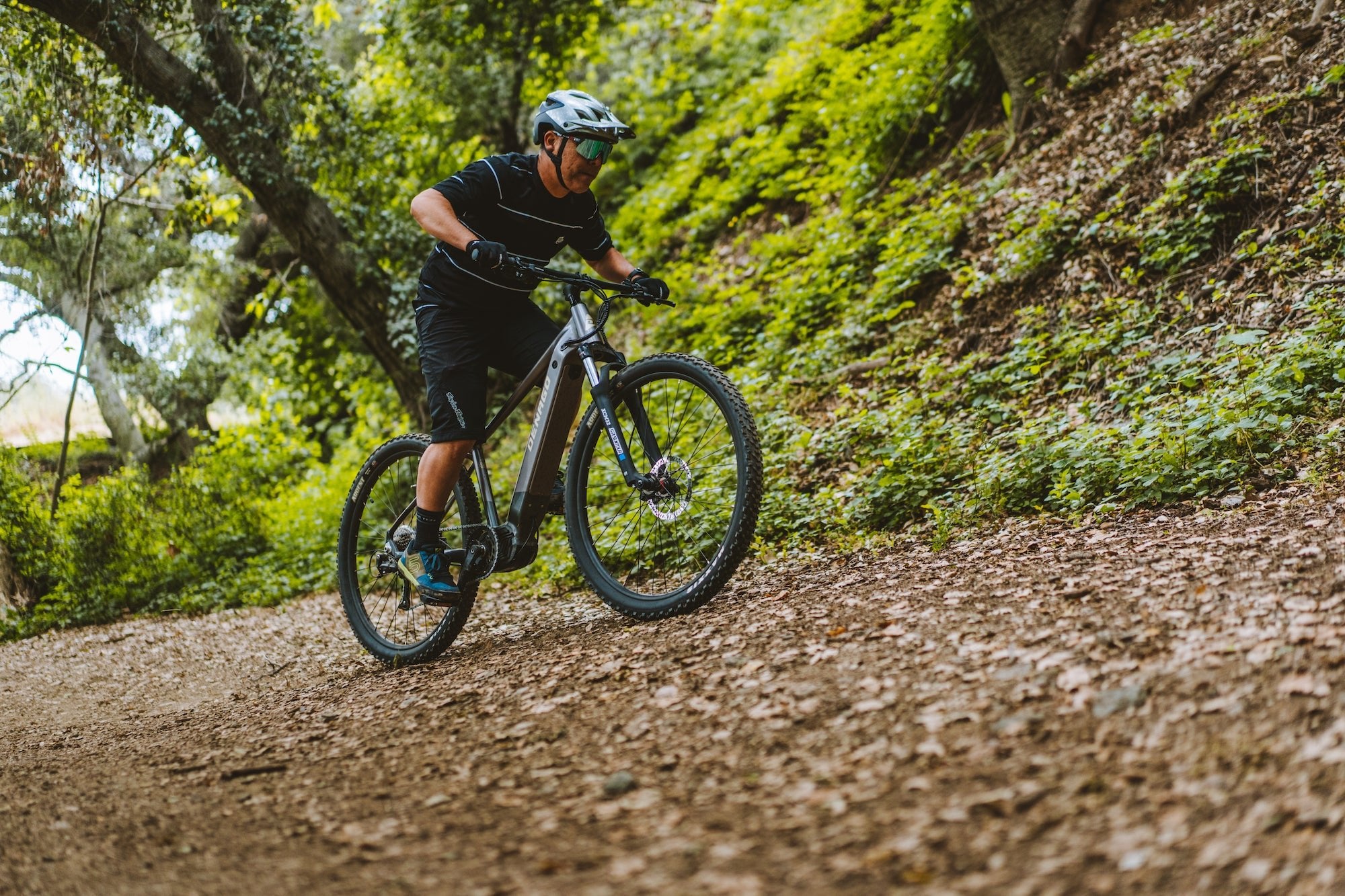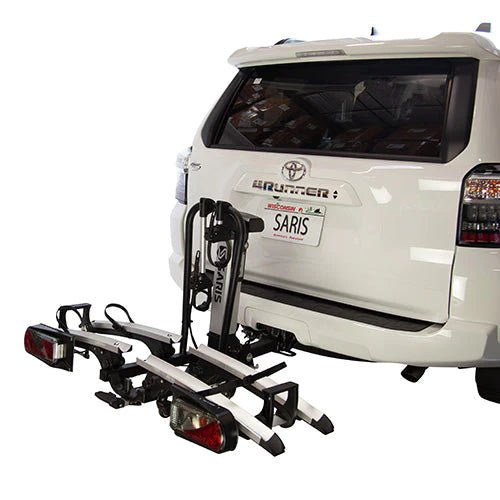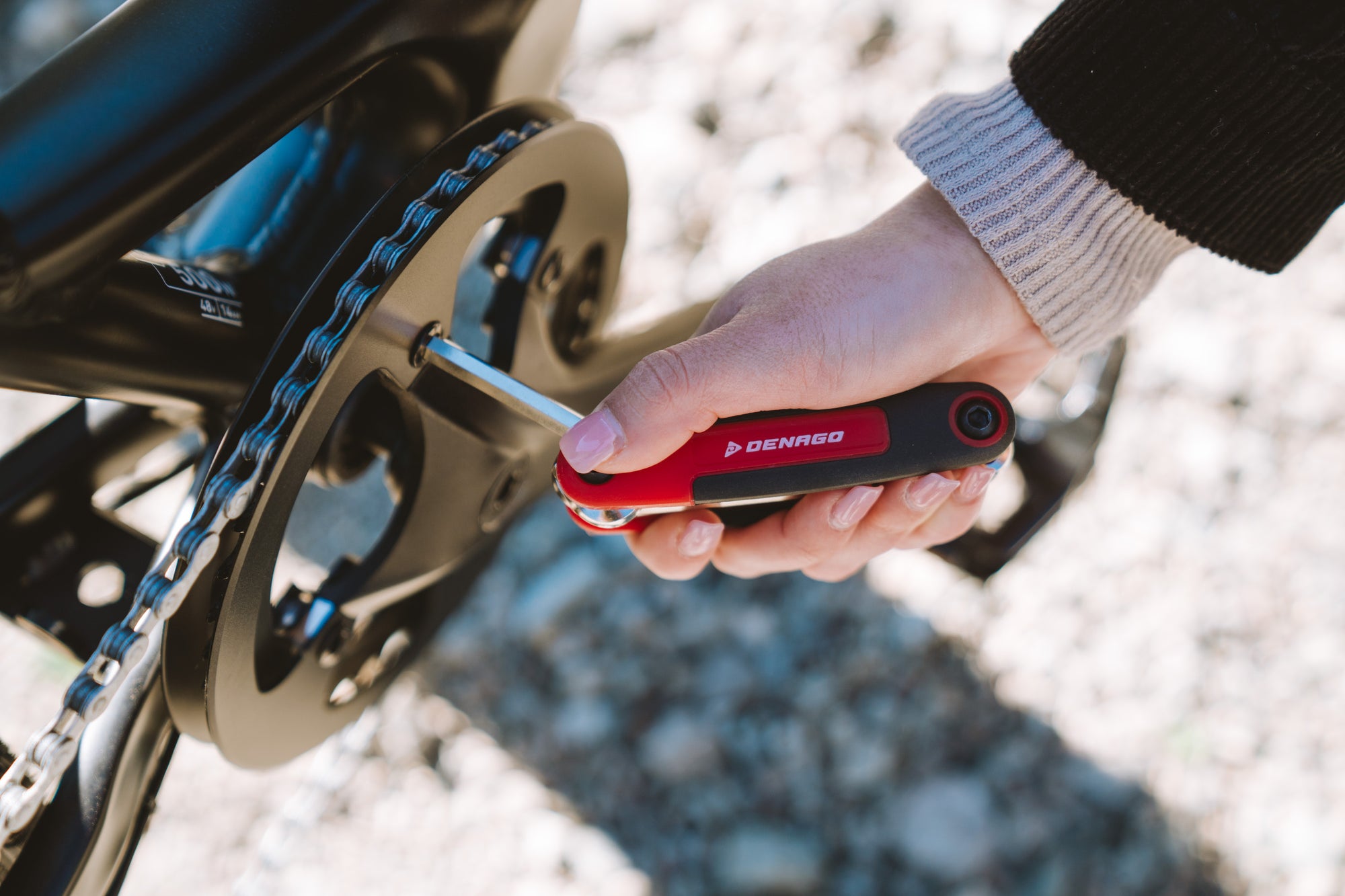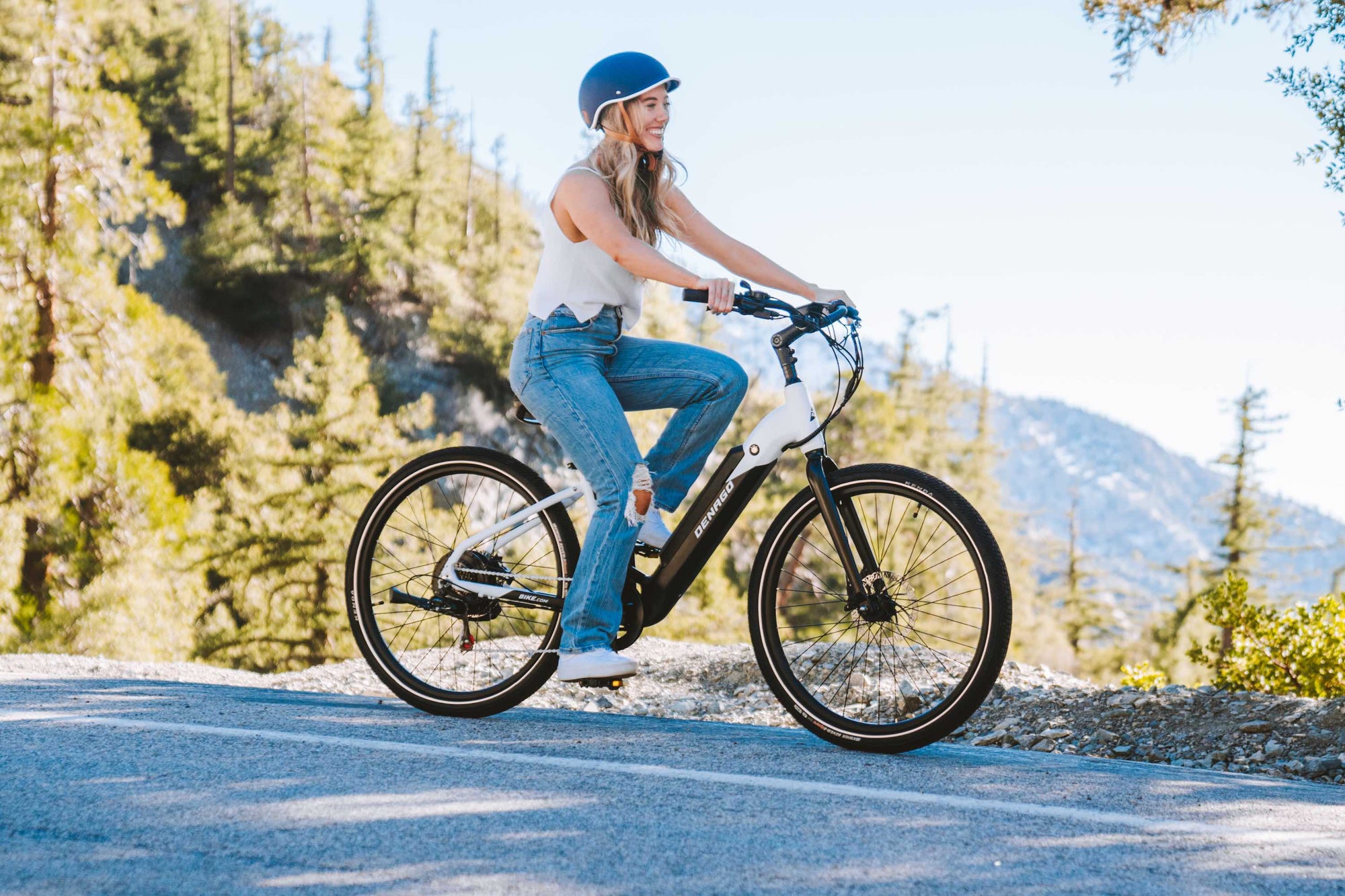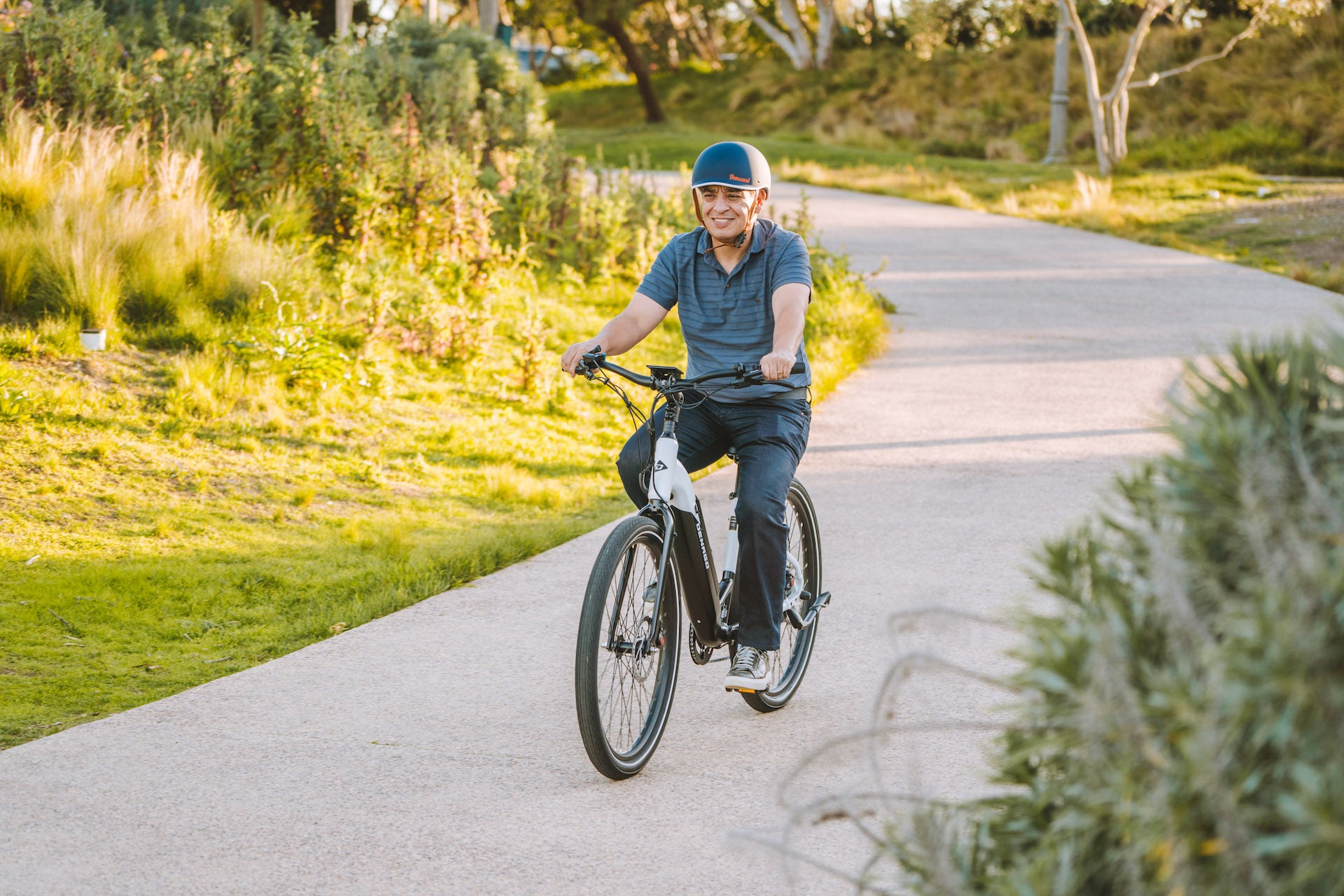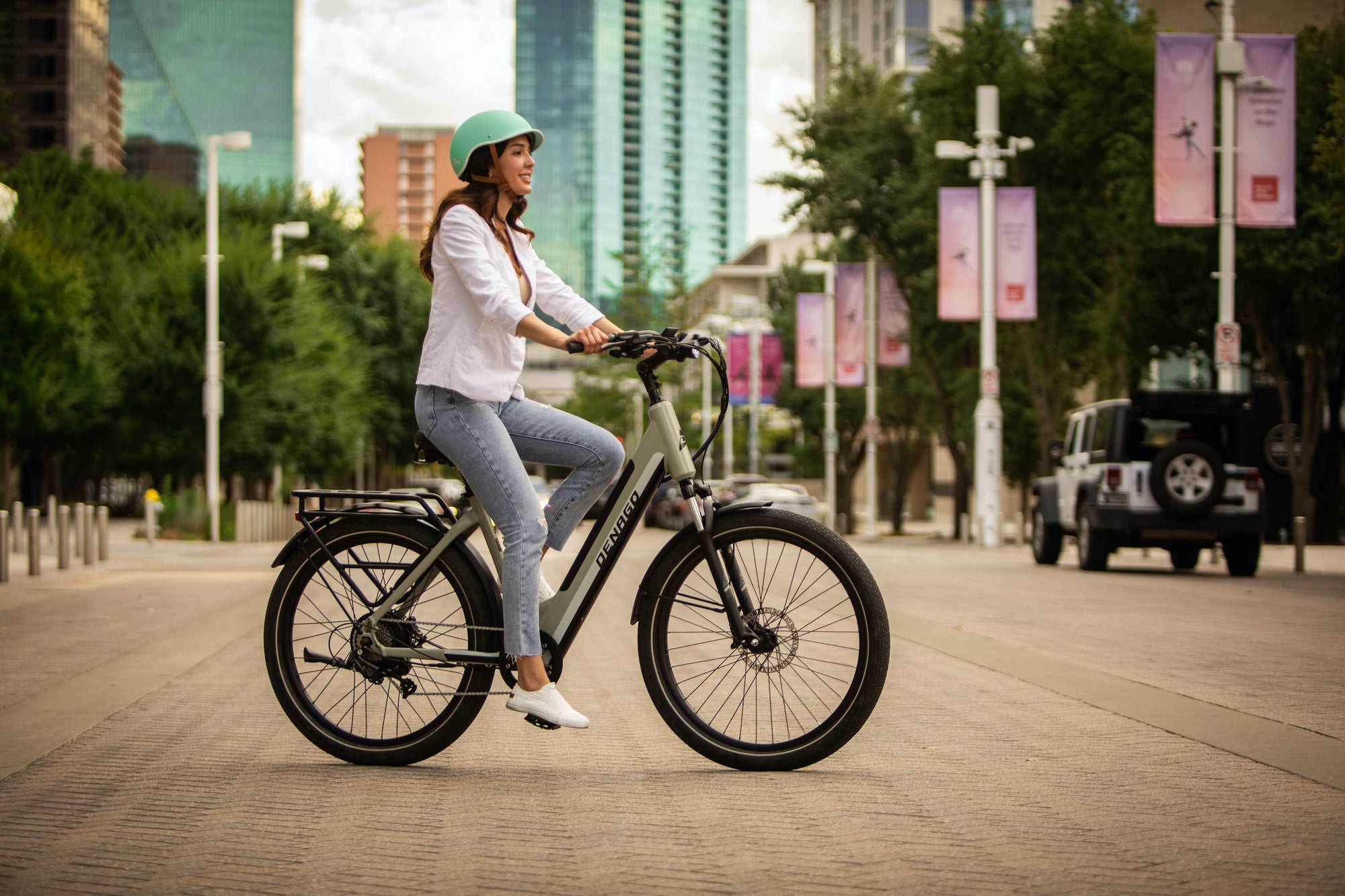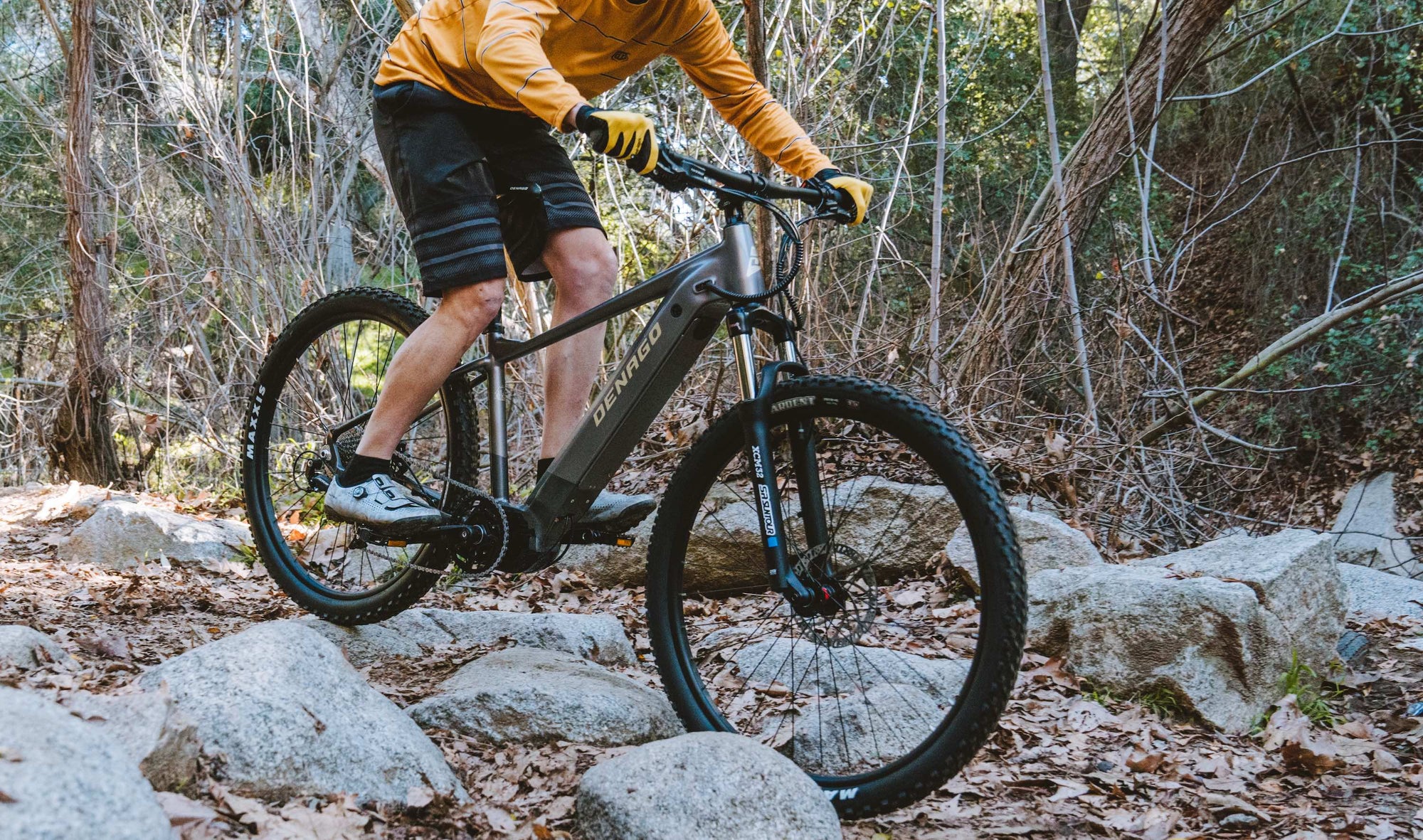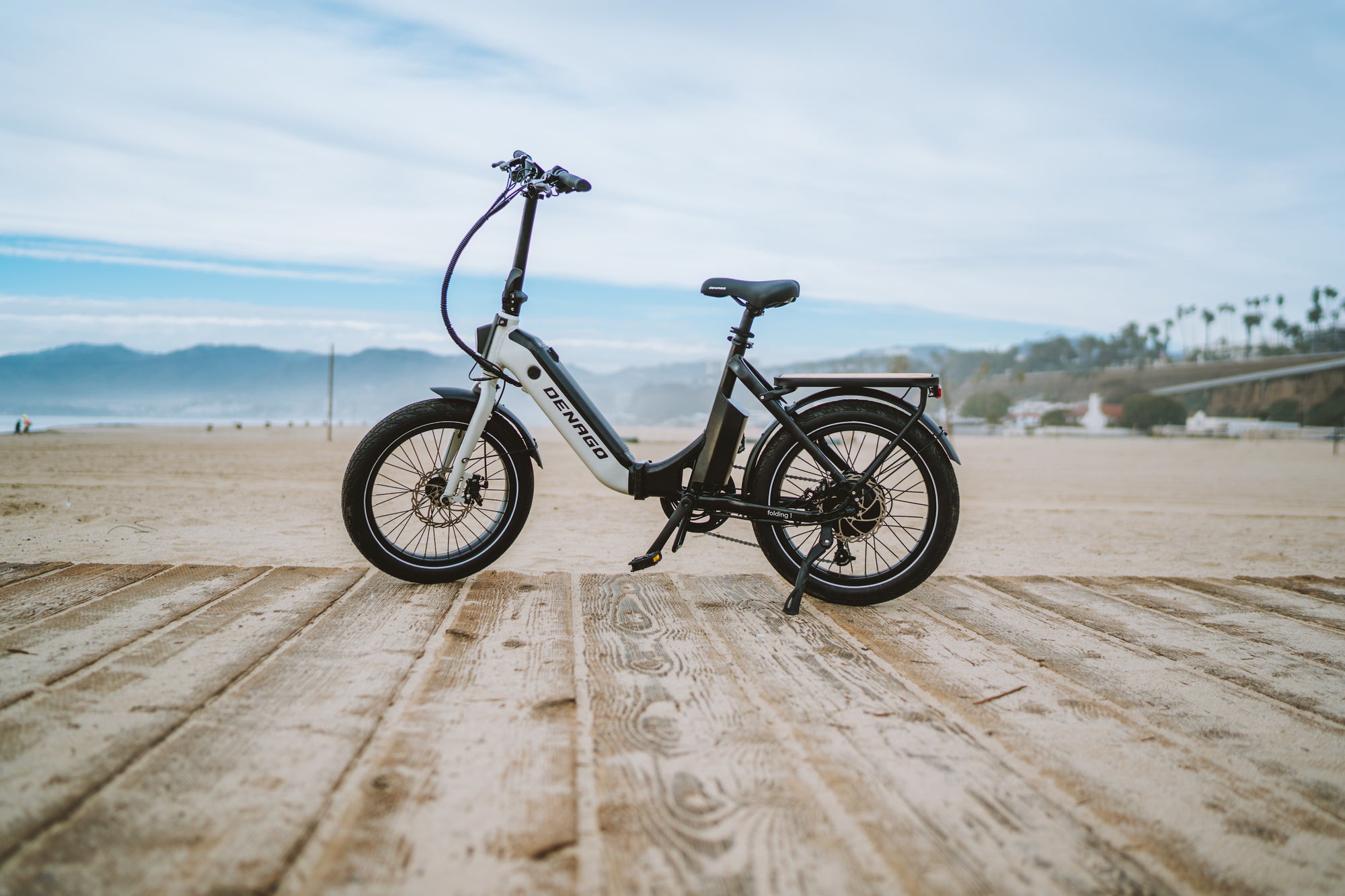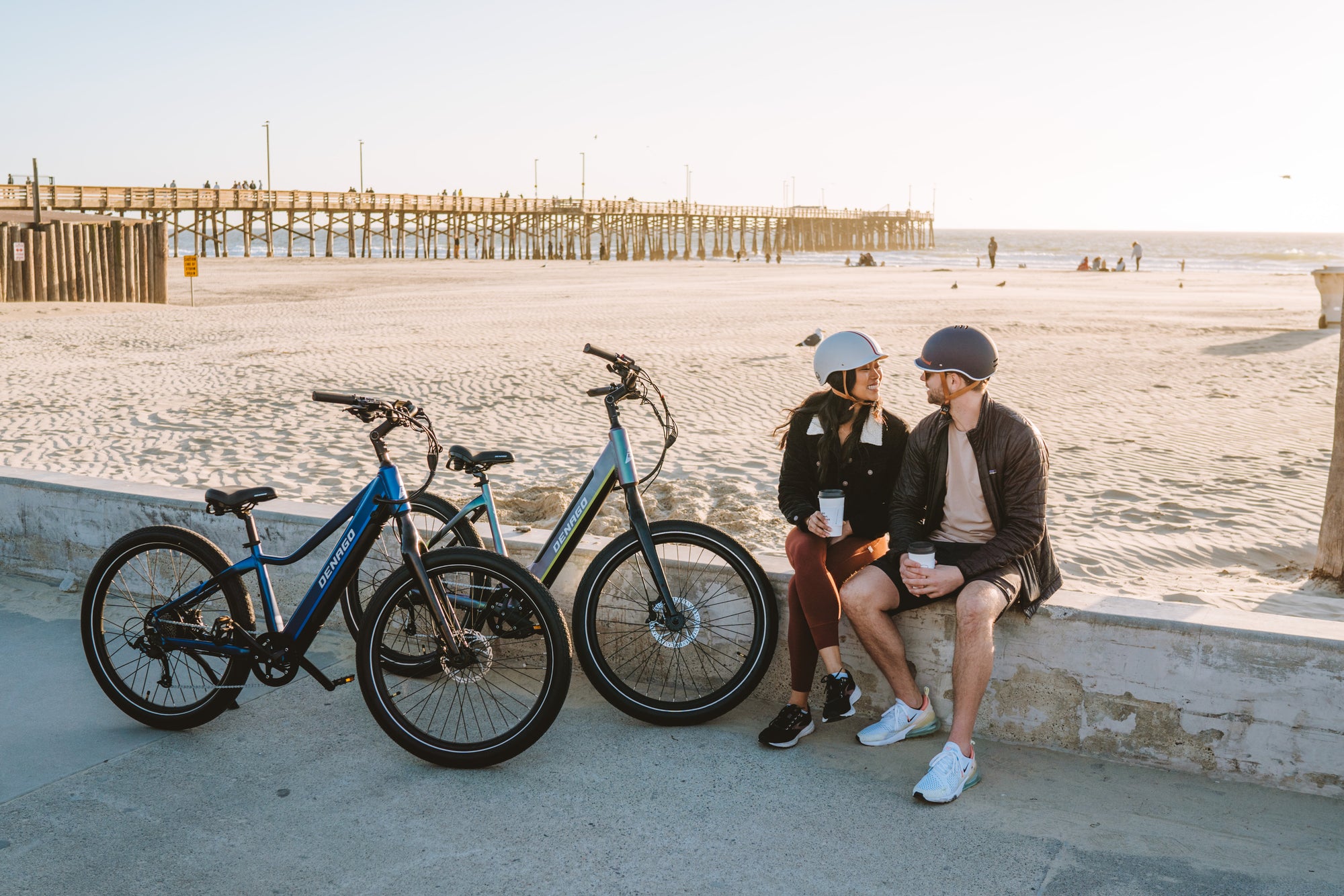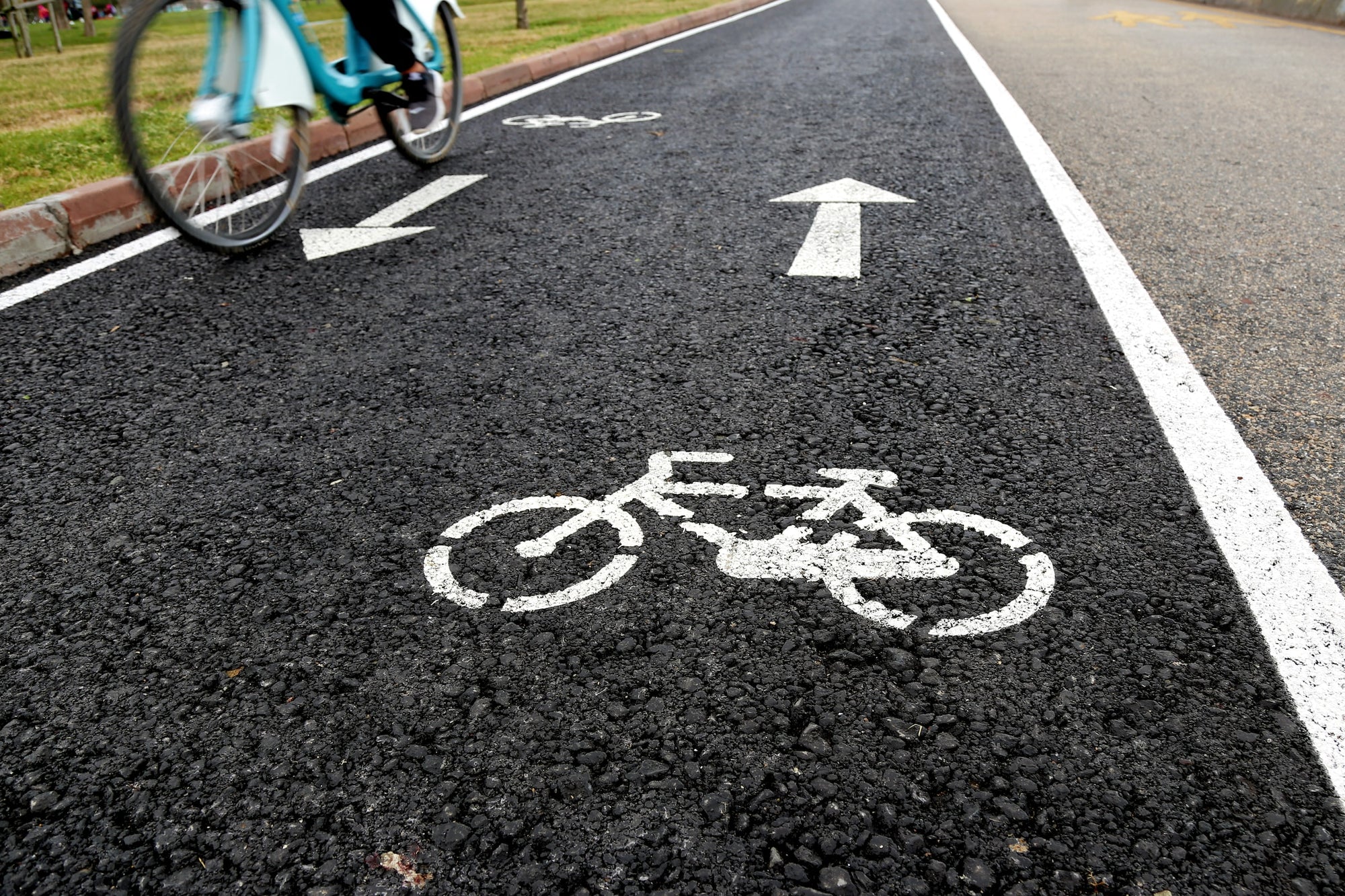Locking up your eBike and then finding it isn't where you left it upon your return is a huge bummer. Unfortunately, bicycle theft is a reality, but with some basic strategies you can make your eBike a much harder target, reducing theft or preventing it entirely.
Let's take a look at some smart anti-theft tactics for eBikes, including locks, GPS trackers, and Apple AirTags, and how you can easily implement them.
Never leave your eBike unlocked if it's out of your sight
This sounds obvious, but needs to be re-stated: if your eBike is out of your sight (even for just a moment) it should be locked. It's simply too easy for someone to grab an unlocked bike and ride away.
If you have no choice but to leave your eBike unlocked, you can still add a small measure of security:
- Power down the eBike (you should be doing this anyway when stopped)
- If you're wearing a helmet - and you should be - threading the helmet straps through the front wheel to stop it from spinning can temporarily slow down a thief
- Remove the battery and take the battery and keys with you, so the eBike isn't "complete" if someone does steal it
Use an appropriate lock
The lock you use should match the risk level of the location where you park your eBike. If you're running into a 7-11 for a snack mid-ride, even a basic inexpensive cable lock through the frame will likely keep your eBike secure. Parking overnight in a downtown city? You'll need a more heavy duty lock that's more resistant to tampering.
U-locks, named for their "U" shape, are the gold standard for bike security. Make sure the shackle completely encoloses a fixed object (like a back rack) as well as one of the bicycle frame tubes when locking your eBike. When using a U-lock, don't forget about parts of your eBike that aren't secured - like the front and rear wheels. In the riskiest areas, you'll want both a U-lock securing the frame, plus a cable lock to secure the wheels as well.
On eBikes with quick-release seatpost clamps, the saddle and seatpost and vulnerable to theft too. You can eliminate this risk by taking the saddle and seatpost with you, instead of leaving it on the bike.
Consider a GPS tracker
Modern technology allows you to stash a full-fledged GPS tracker on your eBike. These trackers run on the cellular network (they have their own SIM cards) and can show your eBike's location on a map in the event of theft.
You can hide a GPS tracker inside one of the frame tubes, or inside the handlebar. Some have motion alerts that can trigger an alarm if your eBike moves while in "parked mode", which might be able to stop a theft in progress.
GPS trackers come with some downsides:
- Expense: you'll need to pay a monthly subscription fee to keep the GPS tracker active, in addition to buying the device. This could cost a few dollars a month, plus the initial cost of the tracker itself.
- Because they run on batteries, you'll need to charge up GPS trackers periodically.
Despite these downsides, GPS trackers might be a good option, especially for more expensive bikes in high-theft areas.
Popular brands of GPS trackers include Sherlock, Boomerang, Spytec, and Invoxia.
Apple's AirTags might help track and recover stolen bikes
Apple's AirTags are a useful alternative to more sophisticated GPS trackers. Instead of using the cellular network, SIM card, and a GPS, AirTags work by using Bluetooth to talk to mobile phones and laptops that are in the general vicinity of the lost item. If you're the owner, and the AirTag is close enough to other devices (not necessarily your device - just any Apple device in the area) you might be able to find the lost item and see it on a digital map.
Because they don't use the cellular network, you don't have to pay for a recurring subscription, and AirTags are comparatively cheap - a 4 pack costs $99 USD.
Note: Apple does not describe AirTags as "anti-theft", rather, they are intended for help finding lost personal items, like a backpack or your misplaced car keys. Although finding stolen eBikes isn't the intended application for AirTags, they can still be useful, and might be considered cheap insurance since they are so inexpensive. Because they don't use the cellular network, the replaceable battery in an AirTag last a LONG time - about a year!
Downsides of AirTags?
- they only work when in range of devices with Bluetooth turned on. Downtown Los Angeles? No problem - hundreds of such devices might pass nearby in a single hour. If your stolen eBike ends up in a barn in the middle of nowhere with no people around, an AirTag isn't going to help.
- AirTags have an "anti-stalker" mode for safety that notifies others when an AirTag they don't own seems to be "following" them. This might eventually tip-off a thief, who could simply locate and discard the AirTag.
AirTags are an interesting tactic, but far from perfect, so if you choose to use one, it should be in tandem with a quality lock.
A few entrepreneurs have created some clever ways to mount AirTags to your bicycle saddle, fork, or water bottle cage. You can find some of these 3D-printed bits on sites like Etsy if you want to give AirTags a try.
GPS trackers and AirTags don't prove ownership
While a GPS tracker or Apple AirTags might help you find a lost item, they don't prove ownership. If you need to get law enforcement involved, you'll still need to prove ownership, so make sure to keep a record of your eBike serial number. You can also hide a business card with your contact information (the 1980's pre-GPS method) on it in the seat tube or fork steering column to help prove ownership.
We do hope your eBike is never stolen - implement these tips to reduce your risk, and happy riding!




